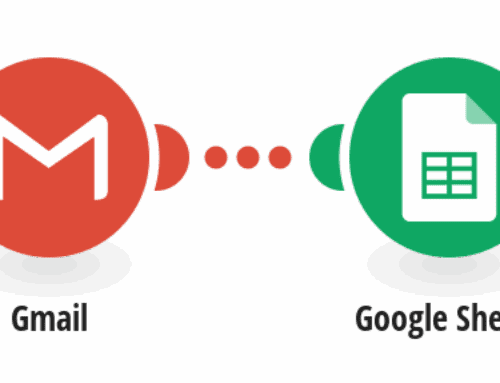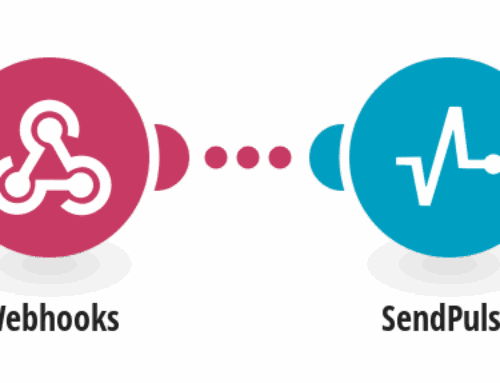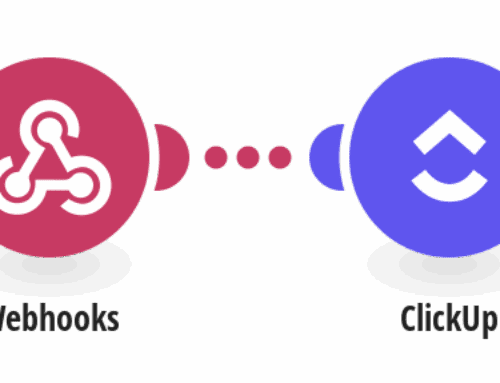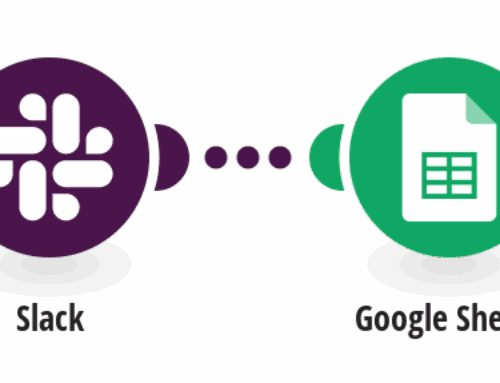Sending Data from Webhook to ChatGPT and Adding Results to Google Sheet
In today’s fast-paced digital world, efficiency is key. Businesses and individuals alike are constantly searching for ways to automate their processes and optimize their workflows. One powerful solution is integrating webhooks with AI tools like ChatGPT and seamlessly adding results to platforms such as Google Sheets. This guide will walk you through how to achieve that with ease.
Understanding Webhooks and Their Importance
Webhooks are essentially user-defined callbacks, making them a versatile tool in the digital toolbox. They allow different applications to talk to each other in real-time, sending data between them as events occur. Imagine ordering pizza; once you place your order, you receive updates about its status in real time. That’s how webhooks work within apps.
Using webhooks can significantly increase efficiency by automating tasks that would otherwise require manual intervention. For instance, when someone signs up for your newsletter, your webhook can automatically send this data to your CRM. This seamless integration saves time and reduces the chances of human error.
Exploring ChatGPT: What Can It Do?
ChatGPT, developed by OpenAI, is a highly advanced conversational AI model. It’s designed to understand context, provide intelligent responses, and learn from interactions. Whether you’re building a chatbot for customer service or an AI assistant for personal use, ChatGPT offers flexible solutions.
It can handle a variety of tasks like answering queries, providing recommendations, or even drafting emails. The beauty of ChatGPT lies in its ability to mimic human conversation, making interactions more natural and engaging. Imagine having a virtual assistant that never sleeps and continuously learns—quite the futuristic experience!
Integrating Webhooks with ChatGPT
Integrating webhooks with ChatGPT involves setting up triggers and actions. When a specific event occurs (the trigger), the webhook will send data to ChatGPT (the action). For example, when a user asks a question on your website, this question can be sent via webhook to ChatGPT for processing.
This integration is beneficial because it allows for real-time responses to user inquiries. The immediacy and relevance of these responses can improve user satisfaction and engagement, which are critical metrics in today’s digital landscape.
Google Sheets: A Versatile Data Management Tool
Google Sheets is more than just a spreadsheet tool; it’s a powerful platform for managing, analyzing, and sharing data. With its cloud-based nature, multiple users can access and edit documents simultaneously, promoting collaboration and efficiency.
The ability to integrate with various apps and services makes Google Sheets a central hub for data-driven decision-making. Combining its capabilities with tools like webhooks and ChatGPT opens up endless possibilities for automation and streamlined operations.
Why Add ChatGPT Results to Google Sheets?
Adding ChatGPT results to Google Sheets can greatly enhance your data management strategy. By doing so, you create a centralized location where you can monitor, analyze, and act upon information processed by the AI.
This process enables you to keep a record of interactions, track trends, and gain insights into user behaviors or preferences. Think of it as having a detailed ledger of all your AI’s exchanges—accessible anytime for analysis and strategic planning.
Step-by-Step Guide to Integrating Webhook, ChatGPT, and Google Sheets
To start, set up a webhook to capture data from your chosen source. Configure the webhook to send this data to ChatGPT for processing. Once ChatGPT generates a response, you’ll need to ensure this output is sent to Google Sheets.
Use tools that facilitate these integrations, such as Make.com, which provides templates to streamline the process. This approach minimizes the need for advanced coding skills, making it accessible for users with varying technical expertise.
Benefits of Automation in Modern Workflows
Automation is no longer a luxury; it’s a necessity for businesses aiming to maintain competitiveness. By automating mundane tasks, organizations can shift their focus to strategic activities that drive growth.
Integrating tools like webhooks, ChatGPT, and Google Sheets simplifies processes, reduces errors, and increases productivity. These technologies empower teams to accomplish more with less effort, fostering innovation and agility in dynamic markets.
Conclusion: Embrace the Future of Integration
Embracing the integration of webhooks with ChatGPT and Google Sheets is a step towards a more efficient and innovative future. By automating data flow and processing, you open doors to new opportunities and insights that were once inaccessible.
As technology continues to evolve, adapting to these changes becomes imperative. Start exploring these integrations today, and watch as your workflows transform into seamless, productive systems.
FAQs
- How do webhooks differ from APIs? Webhooks are event-driven, sending data in real-time as events happen, whereas APIs require the application to request data at intervals.
- Can I use other AI tools apart from ChatGPT? Yes, there are numerous AI models available, but ChatGPT is preferred for its conversational abilities and adaptability.
- Is coding knowledge required for these integrations? While understanding basic coding can help, tools like Make.com simplify the integration process significantly.
- Are there security concerns with data integration? Always ensure compliance with data protection regulations and use secure methods to transfer and store sensitive data.
- What industries benefit most from these integrations? Virtually any industry that relies on data analytics and customer interaction can benefit, from e-commerce to healthcare.








